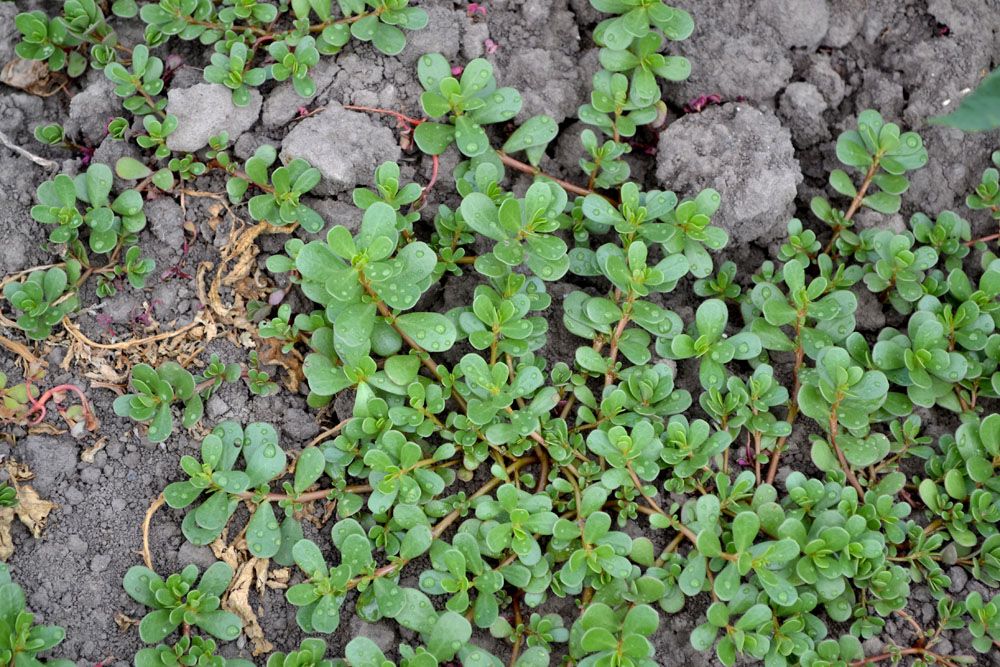
Purslane
Purslane: An Ultimate Guide -Signs, Symptoms, Control and Prevention-
Common purslane, also known as wild portulaca, is a weed that grows in low-maintenance lawns, parks, institutional grounds, and sporting fields. This plant thrives in full light and can withstand poor soil and moderate dryness. Purslane is commonly found in poorly managed, thinning grass, as well as freshly established turf sown in late spring or summer. Newly emerging plants are normally erect, although they prefer to rest flat on the soil surface and spread outward in roughly radial patterns from central growth centers. During the hot summer months, common purslane is most visible.
Signs and Symptoms
Common purslane stems are crimson or pink, have a smooth surface (no hairs), and grow near the ground. The leaves are rectangular or wedge-shaped, up to 1.5 inches long, and moderately thick and succulent. The edges of the leaves are smooth, rounded at the tips, and taper to a point at the base. Petioles are absent from leaves, which are grouped in clusters opposite one another on stems. The common purslane flower has five notched petals and is quite tiny. Flowers develop in the leaf axils and only open in full light. Seeds are generated in capsules, which break when ripe and release the seed onto the soil surface.
Effects of Purslane
Common purslane may quickly invade any warm, wet location due to its propensity to generate a huge number of seeds. Purslane may grow from a few scattered plants in the first year to an almost solid carpet next year. Its capacity to re-root after cultivation or hoeing allows it to survive these cultural control measures on a regular basis. Purslane is a low-growing plant that grows in thick mats. These vegetative mats make use of available moisture and nutrients while blocking light from reaching the soil surface, inhibiting the growth of additional seedlings.
Purslane is unattractive and detracts from the esthetic value of grass and ornamental plants. In commercial contexts, common purslane can limit summer vegetable output and diminish the effectiveness of collecting nut crops from the orchard floor.
Management
Purslane sawfly is a kind of bug that feeds and reproduces on common purslane. It consumes the leaves of common purslane, causing the plants to lose strength. Unfortunately, by the time it has a large enough population to have an effect on the common purslane population, seed development, and much of the harm caused by purslane competition in the garden or crop has already happened.
Prevention is the most important strategy of controlling common purslane. Purslane is such a prolific seeder that once established, and it is difficult to suppress. Bring common purslane into uninfected regions at your own risk. Planting stock and seed should be weed-free. Before permitting mowers, planters, and agricultural equipment that have been used in infected areas to enter clean regions, clean them. Keep an eye out for common purslane seedlings in uninfected areas and kill them before they set fresh seeds. This weed is often handled in home landscapes and gardens by cultural methods like hand-weeding and mulching.
